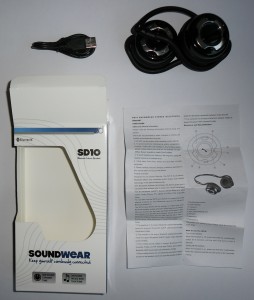For the last few years, the sale of laptops has increased by 25% whereas the sale of desktop machines has reduced. Along with increasing demand for laptops and a change in times, technology has been upgraded.
Day by day laptops are getting thinner, more compact, lighter, and better in terms of performance. Because of this, laptops are now being put into smaller and smaller casing, which increases the threat of overheating, as there is less room for air to circulate.
If your laptop overheats, it can cause permanent hardware damage or failure. In this article, I will try to teach you about how to identify, prevent and fix laptop overheating.
Symptoms of Laptop Overheating
Below are the three points which can help out to identify if your laptop is overheating.
- Sudden shut-down, done by the operating system to prevent hardware damage
- The fan speed increases – you should be able to here this
- A reduction in the laptops performance – things load slower, the CPU is busy more often etc.
The Root Cause of Laptop Overheating
Laptop overheating occurs due to insufficient cooling. This usually happens because either your laptop is clogged up with dust, blocking ventilation, or because a thermal grease compound is getting stocked between your CPU and the heat sink – the big metal cooler that is usually linked to the fan.
Steps to prevent or fix Laptop Overheating
Option 1 – External cooler
You could purchase an external cooler. This is a cooling pad you place your laptop on, and it keeps cool air circulating around the laptop. Before you but a cooling pad, it is important to understand the flow of air in and out of your laptop.
Cooling pads are more useful/effective when used on laptops with air vents on the base of the device. Cooling pad connect via USB, and consumes some of the laptops power – not a problem if you are plugged in. Usually these pads cost around £5-20 GBP.
Option 2 – Get a strong and level base
Most laptops have their ventilation grills on the bottom of the device. Therefore if you keep them on an uneven surface, such as a bed, lap or pillow, disturbance is caused to the airflow. Keeping your laptop on a hard surface, like a table or a strong hard tray is likely to get you good air flow..
Option 3 – Internal cleaning
The above two methods were external methods, however this method will require taking your laptop apart and putting it back together again – so only do it if you are confident you know what you are doing!
This step is about removing your laptops casing to clean out any dust or dirt that might be restricting the airflow. Most laptops have downloadable user manuals, which can tell you all about the internals of your laptop, and how to take it apart, in order to clean it. This can void your warranty, so be careful and do your research! If you are not confident, you could of course take it to your local computer repair shop, and ask them to clean it.
If you are doing it yourself, once you have opened your laptop, you will need to clean the fans which provide cooling to graphics card and CPU. Before you do this, make sure that it is shut down and the battery is removed – don’t electrocute yourself! For thermal grease you may need to use a cotton swab, dipped in stain remover to remover.
For full, comprehensive instructions, research it yourself, and do not start opening your laptop up until you know what you are doing!





